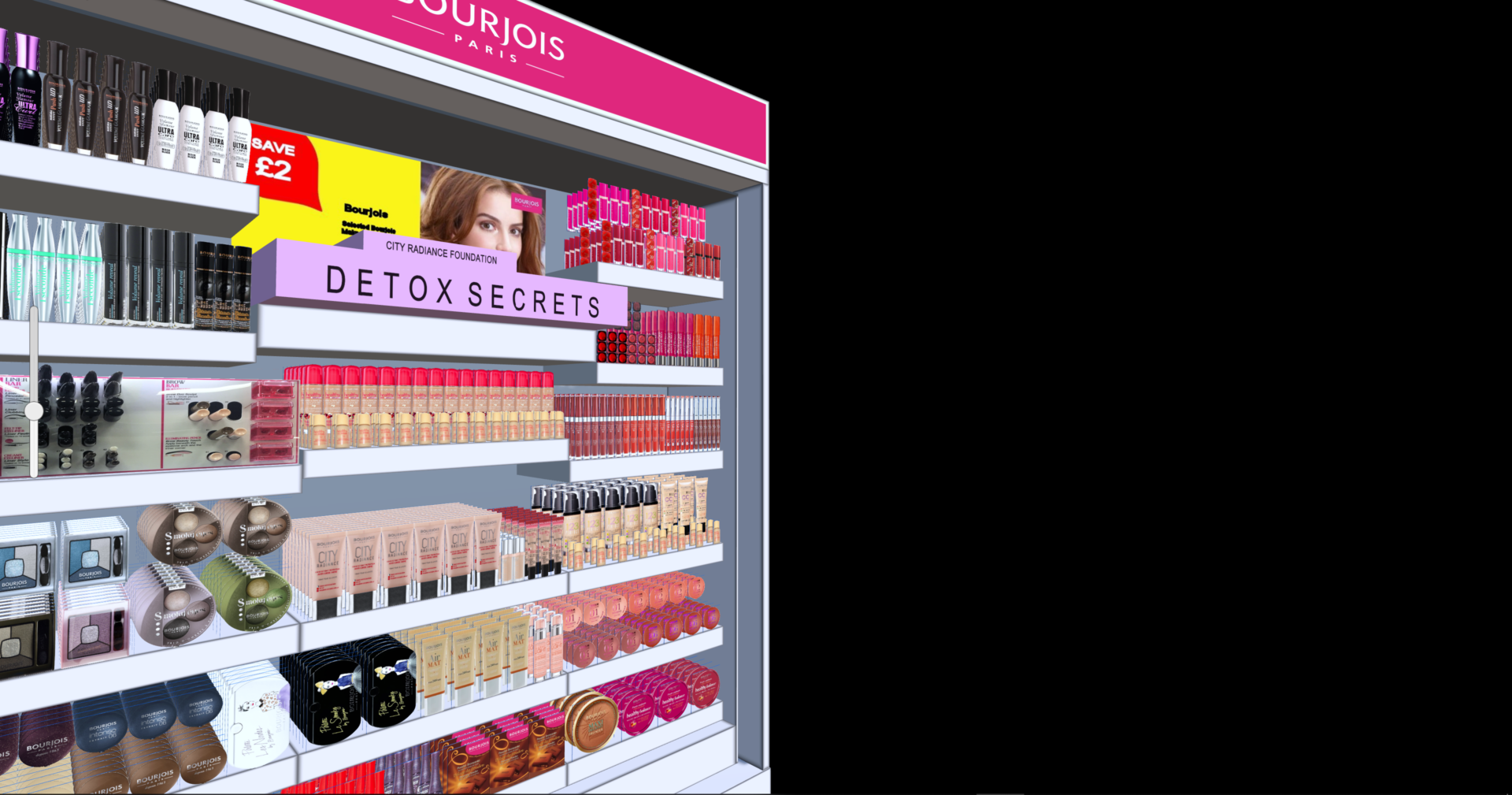


Goods may also be arranged in the reverse order, depending on the kind of goods that the dealer wishes to promote. The rules say that goods should be arranged on a shelf from the least to the most expensive ones.

This principle is followed by a majority of rules for goods displaying. The customer gradually “reads” individual modules and automatically proceeds from the left to the right, from the top to the bottom as if he/she read a book. A store is the book and its individual modules represent the pages. Similar products are placed in blocks.Ī planogram can be compared to a book. Vertical product placement puts products on more than one shelf level to achieve 15 centimetres (5.9 in) – 30 centimetres (12 in) of placement space. This depends on the customer's distance from the unit. Research studies suggest that a product's relation to customer eye levels directly correlates to its sales. Horizontal product placement increases the concentration of a certain article. Visual product placement is supported by different theories including horizontal, vertical, and block placement. Apparel brands and retailers are more focused on presentation and use pictorial planograms that illustrate the look and brand identity for each product. Often, a consumer goods manufacturer releases a planogram with each new product to show how the product can relate to existing products.įast-moving consumer goods organizations and supermarkets mostly use text and box-based planograms to optimize shelf space, inventory turns and profit margins. This is useful when a vendor wants retail displays in multiple store locations to have the same look and feel. Manufacturers often send planograms to stores ahead of new product shipments. For example, given limited shelf space, a vendor may prefer to provide a wide assortment of products, or may limit the assortment but increase the facings of each product to avoid stock-outs. The rules and theories for creating planograms are set under the terms of merchandising. A planogram defines the location and quantity of products to be placed on display. Planograms are predominantly used in retail businesses.


 0 kommentar(er)
0 kommentar(er)
